Staying at the Dar Seffarine riad is like sleeping in a piece of art.
This luxury guesthouse, or ‘dar,’ in the heart of Fes’s ancient medina authentically blends history, art, and luxury in a way you’d be hard-pressed to find outside of the 2,000 year old medina’s walls. Whether you’re a connoisseur of art of just appreciate one-of-a-kind destinations, this hotel is well worth the trip into the centre of the Medina. It is a fine example of Fes’s architectural opulence.
Dar Seffarine is hidden inside the ancient walled city of Fes, which dates from the 9th century AD. Though the walk to the dar isn’t particularly impressive – in fact, you may think you’re walking down a dark, dead-end alley – that only makes the arrival once the doors open so much more dramatic.
Unlike the medina, Dar Seffarine is designed to look inward and create its own oasis, completely separate from the world outside. Guests enter into a small, walled garden, where they’re likely to be greeted with mint tea, tasty cookies, and a friendly welcome from the 24-hour staff. Continuing through the kitchen, guests then step into the large, three-story courtyard, covered in historic mosaics, carved wood, and rich, dark colours. Bedrooms dot either end of the courtyard, and a spiral staircase takes guests up to the other luxurious multi-room suites. Guests walk one more floor up to reach the large rooftop lounge area, looking out over the entire medina. Dar Seffarine means “house of copper” in Arabic and sits near Rue de Seffarine, the street on which artisans hammer on copper dishes, drums and Morocco’s iconic copper lanterns.
The lounge of one of the suites at Dar Seffarine.
Dar Seffarine is owned by Iraqi-born Alaa, who met his partner and co-owner, Kate, whilst studying architecture in Norway. Now, the two split their time between Norway and Morocco. Alaa’s passion for architecture is clear both in the aesthetics of the luxury guesthouse and in the way in which he speaks about its restoration and intricate details.
Owner Alaa (far right) speaking to fellow architects about the building’s construction.
Though many people may confuse the two, Dar Seffarine is actually a prime example of Islamic architecture – not Arabic, as is more common in other parts of Morocco. Islamic architecture is based on the teachings of Muhammad, who brought the religion to North Africa. Family was the heart of religion and society, so homes were designed to have large, shared spaces, and rooms that could hold generations of family members. In Muhammad’s time, Muslim women did not interact with men or venture too far out from the home, so the dars were designed with windows looking inward, rather than out to the medina. The main source of light for any dar designed with the principles of Islamic architecture in mind is the large, open roof, which was originally uncovered. Rooms are wide, rather than deep, in order to allow more light in. This is ideal for the modern-day Dar Seffarine, as it provides an oasis of calm in the otherwise hectic medina.
The cosy garden of Dar Seffarine, the first point of entry for guests.
Islamic homes like Dar Seffarine had multiple rooms around a central courtyard in order to facilitate socialisation while still providing privacy from the outside world for the family. Visitors entering the home would usually walk into a formal receiving corridor via the “death door” (named for how much sound it would block from the outside) rather than directly into the home. Unusually, Dar Seffarine opens into a small garden, which used to be a smaller home in front of the dar. Alaa and Kate decided to make the small space into a garden, though that concept is somewhat unusual for traditional Islamic homes.
To further protect women’s privacy, most dars have multiple staircases and doors, allowing for women to leave via one route while guests or business associates are entering through another. Dar Seffarine actually includes a few additional staircases hidden in its walls, which Alaa laughingly suggests we’re most likely to allow the owner of the house to sneak his various wives in and out so as to avoid awkward late night encounters.
Though Dar Seffarine is several stories tall, Islamic homes traditionally only had two floors: the ground floor, and a cooler basement floor beneath – a necessity in the hot climate of North Africa. Larger homes owned by more prominent members of society, like Dar Seffarine, most likely was, sometimes had another floor, often with windows that could be fully or partially opened. This served a purpose that may be surprising to some critics of traditional Islam: it allowed women to peak down at their potential suitors without being seen. If they weren’t interested, they could wait upstairs and veto the arrangement before it happened.
Religious symbolism is nearly always seen in homes like Dar Seffarine, earning “Islamic architecture” the nickname “holy architecture.” Mirroring how women were protected and covered, homes too were designed to look inward, not outward. Dar Seffarine features several beautiful doors-within-a-door; oversized doors that have smaller openings within them. The second door is usually smaller than the average adult, which means the face of anyone on the other side of the door would still be covered if the door were quickly opened. The shorter doors, in addition to blocking women’s faces, also require the guest to duck, essentially forcing him to bow his head as he enters.
Also noticeable on the doors of Dar Seffarine is that handles are on the left and doors open inward. In the Muslim religion, the right hand is considered holy, while the left is considered unclean. Thus, handles are intentionally placed on the left to force the person entering to enter with his or her right shoulder first. In Moroccan culture still, the left hand is used for sanitation and bathroom functions, and thus only the right hand should be used for greetings or eating. It’s unclear whether the left hand is taboo because the Quran says so, or the Quran says so because it was already taboo in the culture before Islam took hold, but either way, it provides an interesting tie between religion, ancient cultures, and architecture.
Although Islamic architecture has its strong religious ties, it also has design principles motivated by practicality. Dar Seffarine has large columns, the introduction of which allowed for a covered walkway surrounding the courtyard, providing protection from rain and sun. However, columns weren’t actually introduced to Fes until roughly 200 years after its founding. They were first used by the Romans and brought to Fes by travellers on trade routes.
The tiled arches so popular in Islamic architecture are also simply a matter of resources. As large trees and heavy wood aren’t readily available in Morocco, arches were much more practical and affordable than large beams. Even the carved wood, so associated with Morocco, is originally found in Egyptian and Jewish architecture. Observers playing close attention to carvings and tiles in even the most luxurious of dars like Dar Seffarine will notice patterns repeat and shapes are used multiple times. The reason for this hasn’t changed in the 700 years since Dar Seffarine was built: the fewer the patterns and stencils, the cheaper it is to construct.
Though the medina dates from the 9th century, Dar Seffarine dates from approximately the early 14th century; the oldest record the owners have is from 1313. All furnishings and details in the house are original whenever possible, and many of the items that have been replaced, like some of the dar’s 41 doors and 62 windows, are from other dars in Fes dating from the same era. Most of the furniture is made in a traditional Islamic style, and much of it is designed by Kate herself. Framed on the wall in the dar is a large document detailing every change of ownership for the home, going back hundreds of years.
Kate and Alaa purchased the home in 2003 after it had sat abandoned for at least 28 years. The rooms, garden and courtyard were filled with “trash and snakes” as Alaa says, which piled up over the walls. The renovation took more than €500,000 to finish, including the addition of bathrooms and plumbing.
Dar Seffarine is truly stunning, and as an architect, Alaa is more than happy to speak about the home, it’s history and it’s restoration to interested guests. Now, many years after its renovation, Dar Seffarine provides a veritably luxurious experience. Breakfast is served daily on the roof, and multilingual staff are available to assist with everything from arranging luggage porters to recommending the best tagine. With enough notice, the staff at Dar Seffarine are happy to host guests for dinner, using ingredients bought at the market only a few minutes away in the medina.
Though most devout Muslims don’t drink alcohol, Morocco is not a dry country. While at Dar Seffarine, you’d do yourself a disservice if you didn’t take time to relax on the well-appointed roof and enjoy a bottle of wine while admiring the vastness of the medina, a UNESCO World Heritage Site.
Fes is a hectic, exciting, enthralling, and totally unique city – trust us when we say you’ll appreciate having a peaceful home like Dar Seffarine to return to every evening.

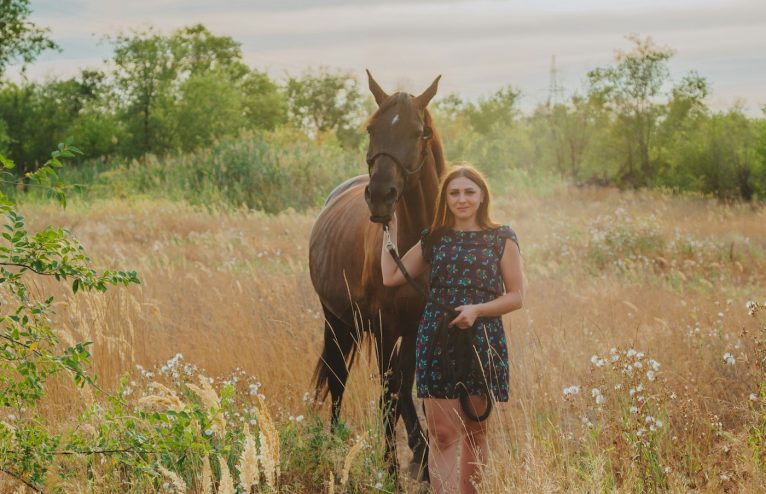
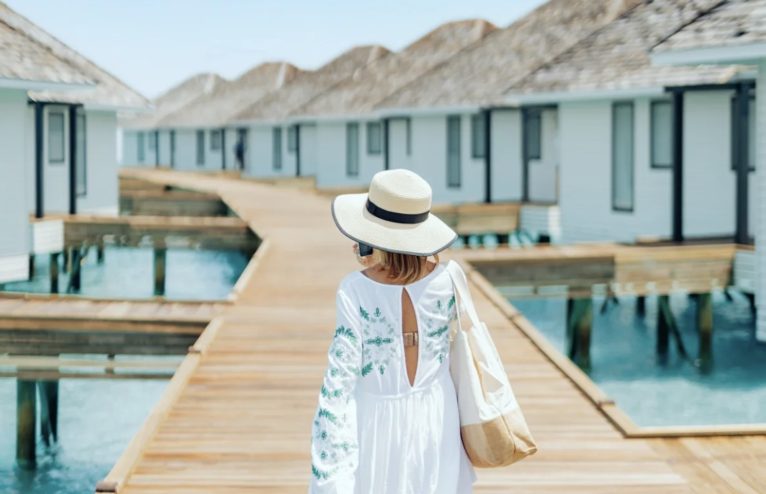

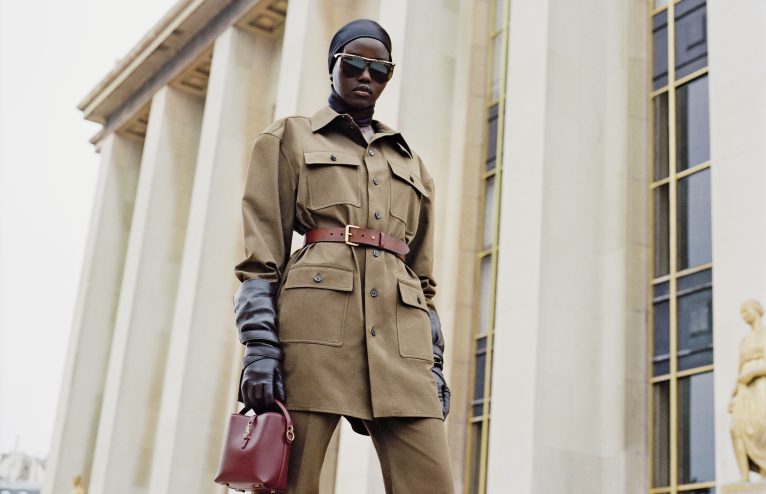

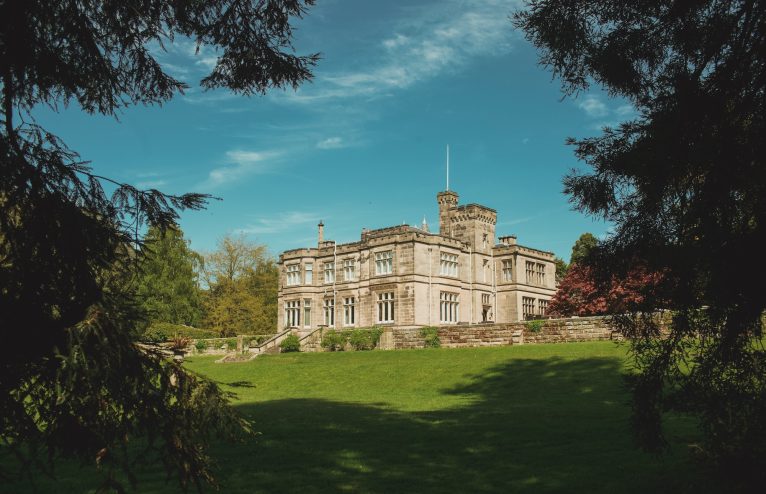
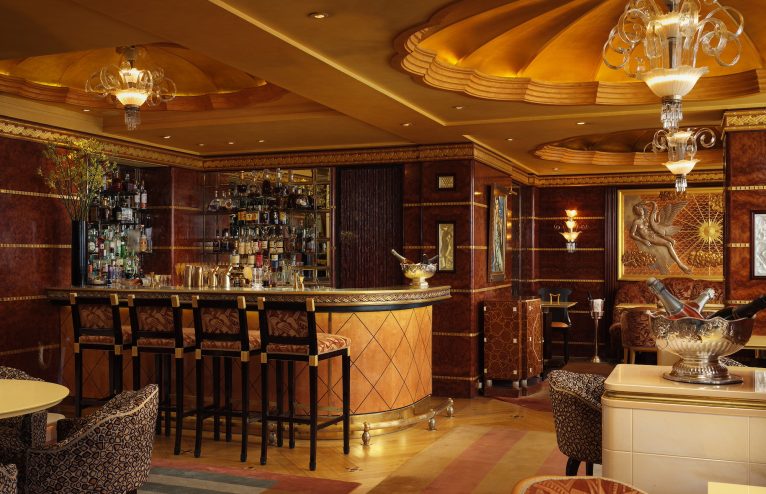
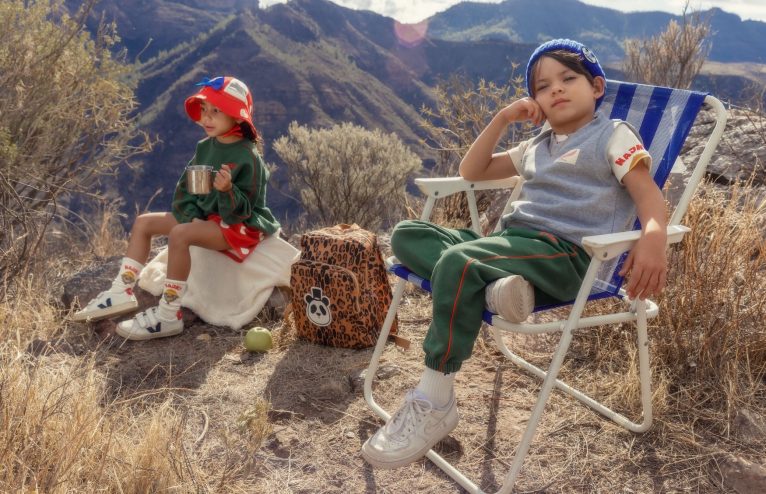






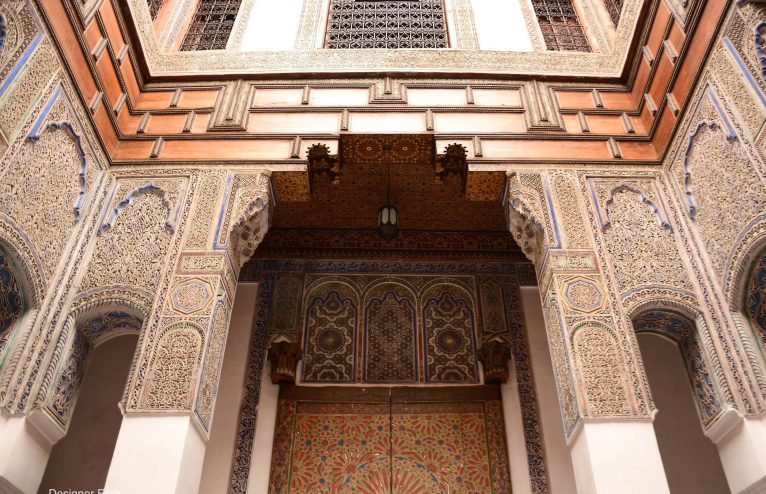




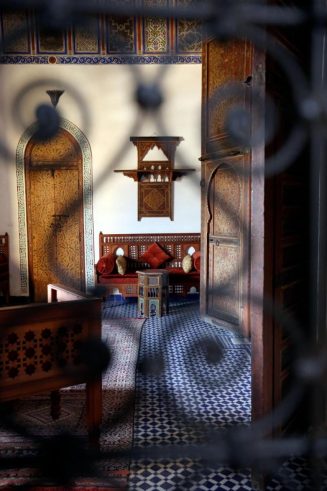
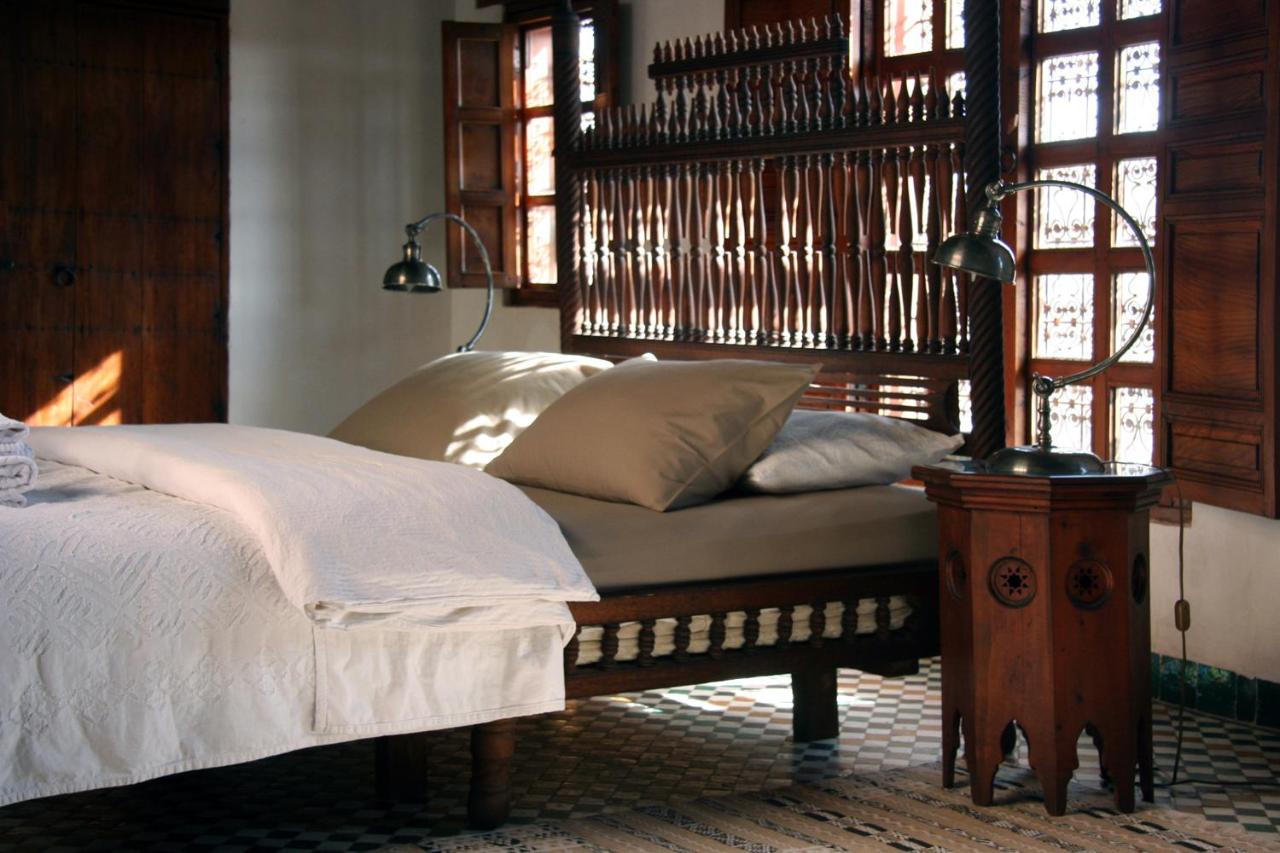

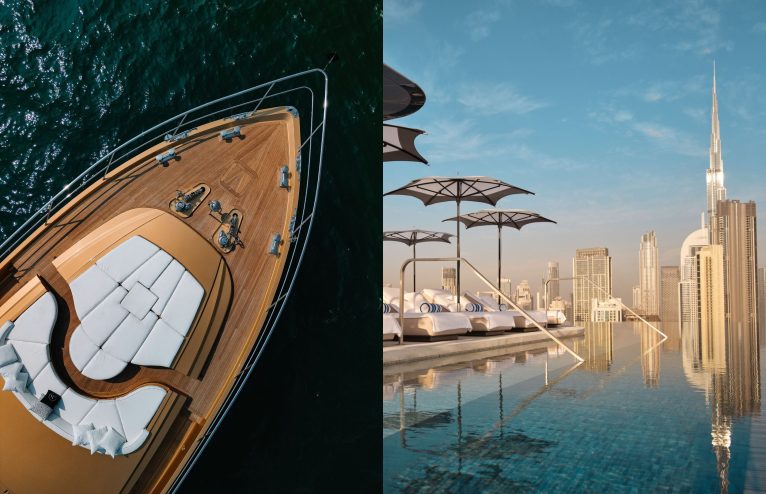

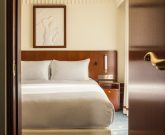


Any Questions or Tips to add?